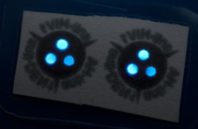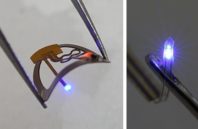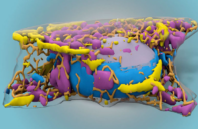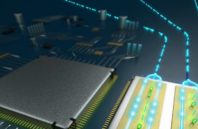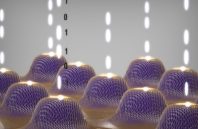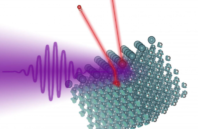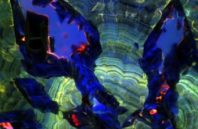Opportunities could soon be on the horizon for laser manufacturers thanks to a new type of cold storage technology under development by Microsoft Research and the University of Southampton, in which ultrafast lasers are being used to scribe digital information...
Read more
New Ultrafast Lasers Needed For Alternative Microsoft Cloud Storage
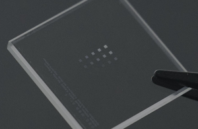

 (585) 768-2513
(585) 768-2513

